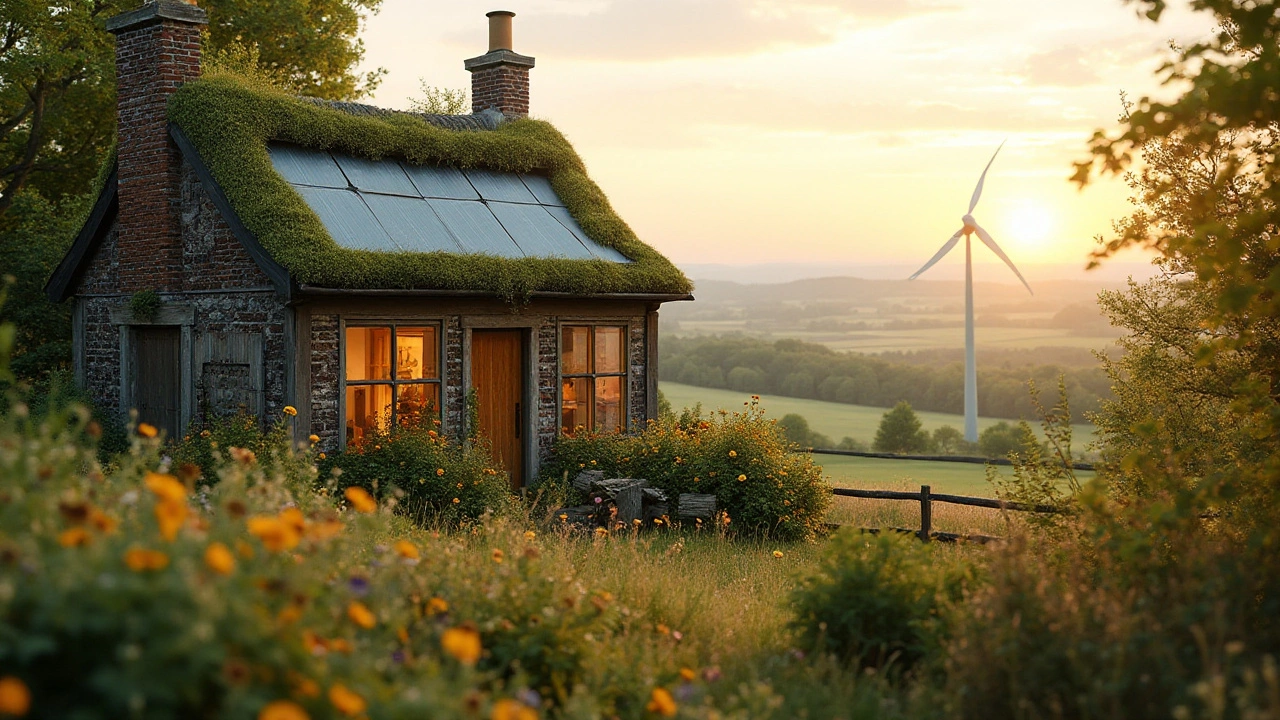Green Home Basics: How to Make Your UK House Sustainable
Thinking about turning your house into a green home? You don’t need a huge budget or a degree in engineering. Start with simple changes that cut energy use, lower bills, and shrink your carbon footprint. In this guide we’ll walk through the most useful steps, from planning permission to the right materials, so you can feel confident about going green.
Plan Smart, Build Right
The first thing to sort out is planning. In the UK, the Future Homes Standard sets rules for new builds and major renovations. Check your local council’s website to see what limits apply – things like heat‑pump eligibility, insulation standards, and renewable‑energy requirements. Knowing the rules early saves time and avoids costly re‑work later.
When you budget, list the biggest cost drivers: insulation, heating system, and windows. Insulation is the cheapest way to save energy. A well‑insulated loft can cut heating bills by up to 30 %. If you’re replacing windows, choose double‑glazed units with a low‑U value. These upgrades pay off quickly and make your home more comfortable.
Choose Eco‑Friendly Materials
Materials make a big difference to a home’s carbon load. Look for products that are locally sourced, recyclable, or made from natural fibers. Timber from certified forests, hempcrete, and recycled brick are popular choices. They store carbon, reduce transport emissions, and often come with a lower embodied energy than concrete.
Avoid materials that lock in carbon, like traditional cement and virgin plastics. If you need a concrete‑like finish, consider low‑carbon alternatives such as fly‑ash or geopolymer mixes. These options keep strength while cutting the CO₂ impact.
Don’t forget the finishes. Low‑VOC paints, natural oil stains, and wool carpets improve indoor air quality and are better for the planet. They’re also less likely to cause allergies, which is a bonus for families.
Finally, think about renewable energy. A roof‑mounted solar panel array can supply up to 40 % of a typical household’s electricity needs. Pair it with a battery storage system, and you’ll have power even when the sun goes down. Even a small solar kit can make a noticeable dent in your energy bill.
Putting these steps together creates a clear roadmap: check the rules, budget for insulation and windows, pick low‑impact materials, and add renewable power where you can. You’ll end up with a home that feels cozy, saves money, and does its part for the planet.
Ready to start? Grab a notebook, list the changes that make the most sense for your property, and talk to a local builder who knows UK green standards. Small, consistent actions add up, and before you know it, your house will be a genuine green home.
Steps to Building Your Eco-Friendly Dream Cottage
Building an eco-friendly cottage involves choosing sustainable materials, utilizing renewable energy sources, and incorporating smart designs that harmonize with the environment. From selecting the right location to implementing green technologies, each step aims to reduce the ecological footprint without compromising comfort. This article provides guidance on essential elements like insulation, water conservation, and sustainable landscaping, turning your cottage into an oasis of environmental harmony. Readers will find practical tips and inspiring ideas to craft a cozy, green retreat.
